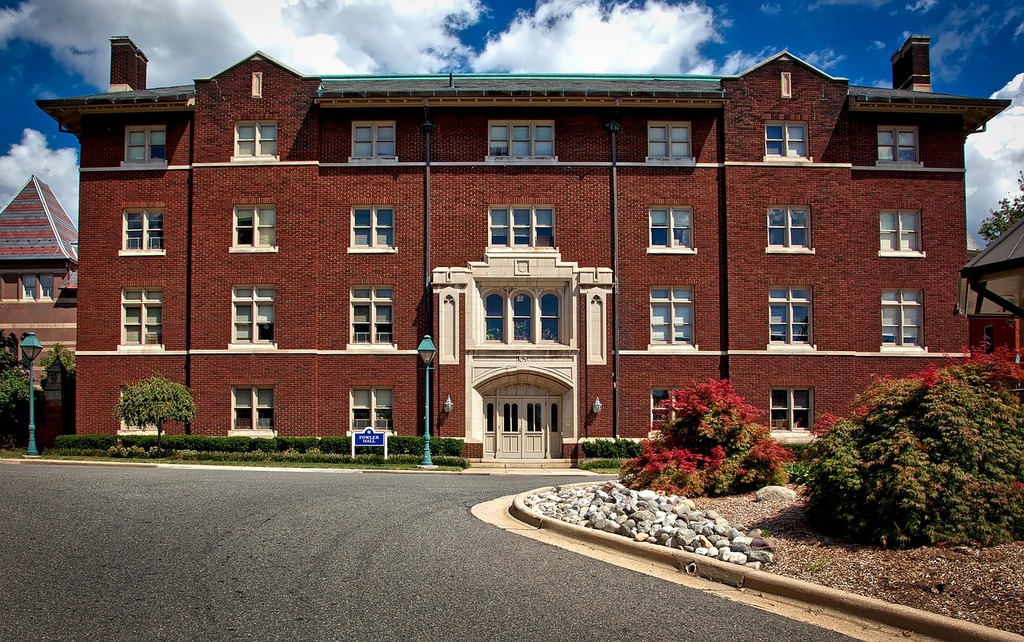
Wyebot in Use: When an AP Controller Can’t Identify an Issue

A private school in Massachusetts had around 100 Access Points (AP) and very few WiFi complaints – except for when it came to their auditorium. WiFi in the auditorium would periodically, and randomly, stop working. The school’s technical director and network engineer would reboot the AP and everything would work for several hours or days, but then the process would need to be repeated.
The school contacted the AP vendor, but the management platform controlling the APs reported everything was fine. The vendor requested that the school provide wireless packet capture in order to prove there was an issue. While the network engineer had the ability to use his laptop for packet capture, the randomized behavior of the AP failure would have required him to monitor the network 24/7, and then scan through thousands of packets to determine the problem. In addition, the AP was installed in the ceiling of the auditorium, and it wasn’t possible for the engineer to leave his laptop running in the auditorium ceiling.
After being contacted by the school, Wyebot installed one of its Wireless Intelligent platform ™ (WIP) sensors in the auditorium near the AP. WIP analyzes everything in the wireless environment using the RF airwaves to provide complete network visibility and insight. It performs automatic wireless packet capture and analysis and clearly displays all results on a user interface. In this scenario, WIP constantly listened and analyzed the network for six days. On the seventh day, the WiFi stopped working. While the AP controller reported everything was fine, WIP captured the precise moment the network issue occurred. It provided packet capture before and after the event, the proof demanded by the AP vendor and enabled problem resolution.
So, what was the issue? All APs send out a beacon every 100 milliseconds or so that is the equivalent of shouting, “I’m here, I’m here!” These beacons enable devices to find the network and successfully connect. In this case, the auditorium AP would randomly stop beaconing. This prevented devices from finding it, which prevented them from connecting to the network. WIP detected the stop within 30 seconds of its occurrence and provided all the information the school’s network engineer needed to communicate with the AP vendor and resolve the problem.
“Wyebot’s sensor was exactly what we needed. Its plug-and-play capability made it incredibly easy to use. All I did was plug in an Ethernet cable and walk away. It did the work and gave us the answers we needed,” the engineer reported.

